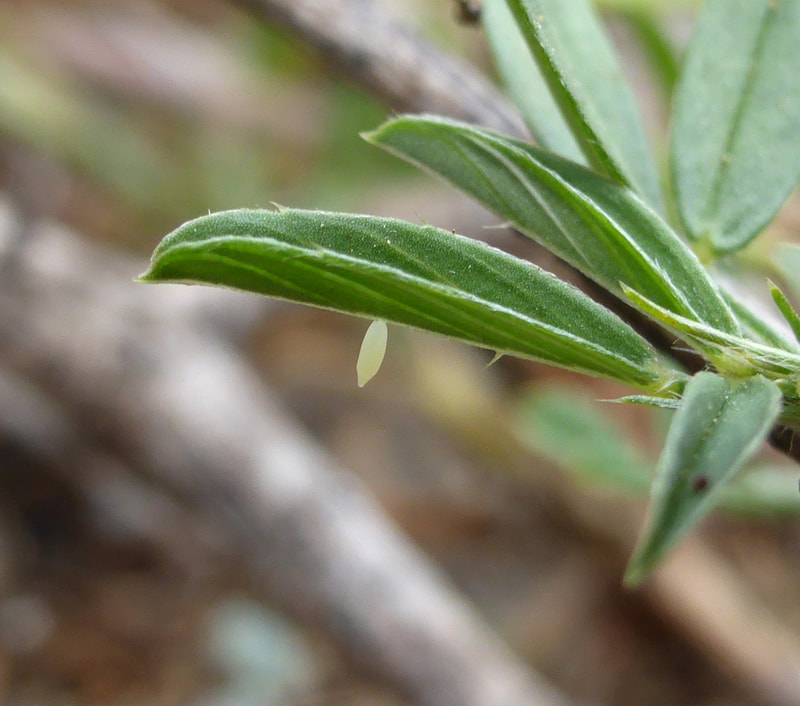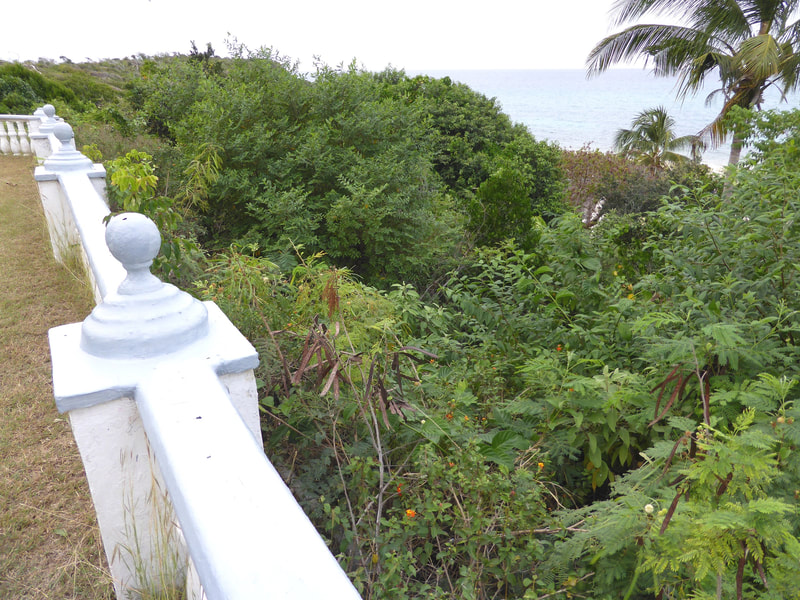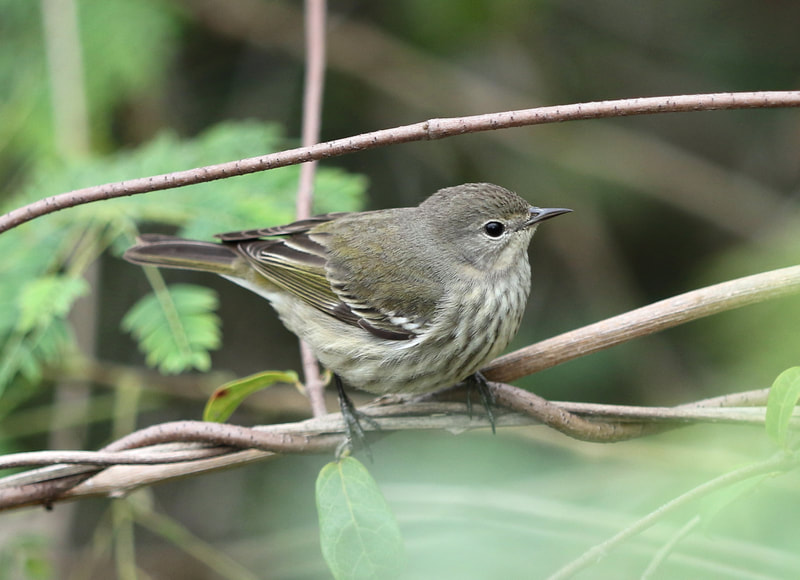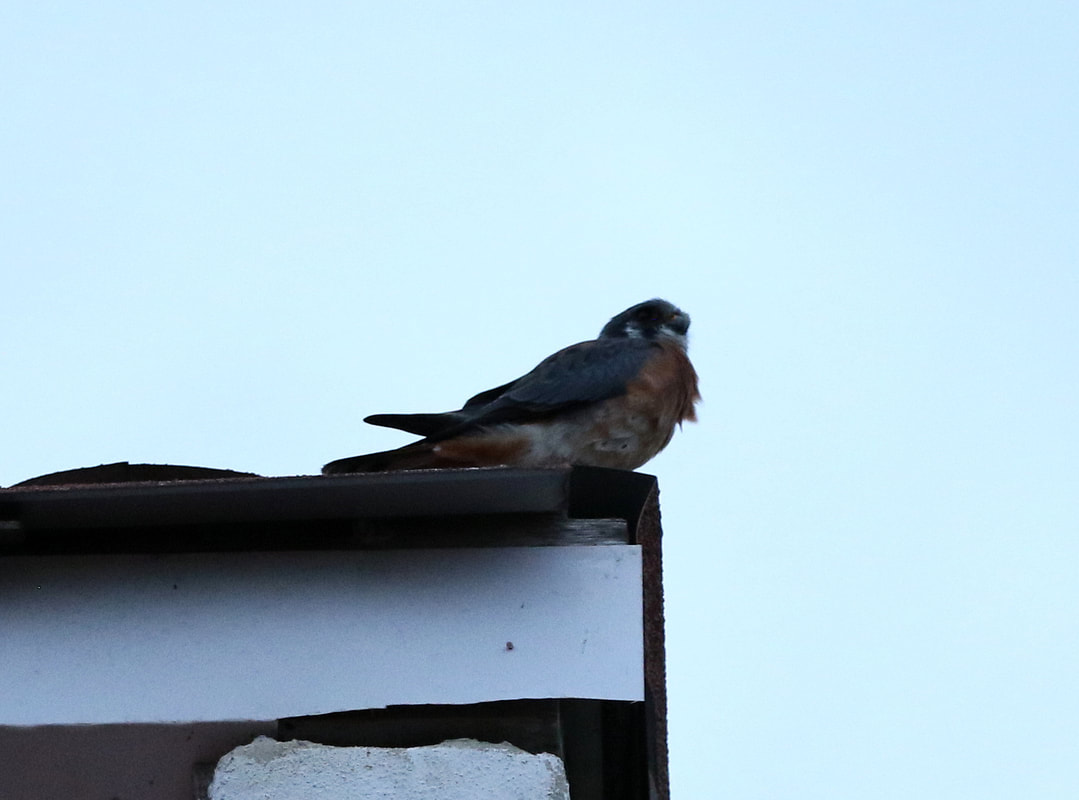 Wandering Glider Pantala flavescens male 29 Nov 2018 Guardalavaca © Tim Norriss
Wandering Glider Pantala flavescens male 29 Nov 2018 Guardalavaca © Tim Norriss |
An early morning walk down to the adjacent lagoon produced significantly more warblers than yesterday morning so it looked as if there were some arrivals overnight. There was Yellow-throat, Prairie, Black-throated Blue, Black & White, Parula, Yellow, Northern Waterthrush and American Redstart. A Belted Kingfisher flew across and I saw both Night Herons, Green Heron and Great Blue Heron though only one of each. After breakfast we set off for a walk locally starting at the small sewage works just behind the hotel. I spent a while photographing a dragonfly that we haven't see before. It is a Wandering Glider Pantala flavescens (many thanks to Juerg Carl Demarmels for this and other Odonata id's).  Wandering Glider Pantala flavescens male 29 Nov 2018 Guardalavaca © Tim Norriss Wandering Glider Pantala flavescens male 29 Nov 2018 Guardalavaca © Tim Norriss Despite it being largely cloudy today there were a few butterflies flying but only saw 25 species in all today including the endemic Smudged Yellow Eurema lucina laying on the low-growing Stilosanthes. There were quite a few of these large wasps flying around and some were hunting on the ground. Julio Genaro has kindly identified it as belonging to the genus Pepsis probably Pepsis marginata. These wasps are known as Tarantula Hawk Wasps and whilst they feed on flower nectar and fermenting fruits and berries the females also hunt on the ground for tarantulas in their burrows. When found they capture, sting and paralyse the spider, dragging it back to their own burrow, or to a specially prepared nest with a covered entrance, where a single egg is laid upon the spider’s body. When the larva hatches it begins sucking the juices from the paralysed, but still living spider. As it grows, the larva plunges deeper into the spiders body, feeding voraciously while avoiding vital organs to keep the host fresh. Eventually, an adult Tarantula Hawk wasp emerges from the nest and the life cycle begins once again. We took a small path down to the coast past where the mini-zoo used to be located, which brings you down to a small saline lagoon where there were lots of Black-throated Blue and Palm Warblers as well as Northern Waterthrush. Back at the hotel we found that the wonderful flowery bank below the balcony at the Mares pool was not only good for butterflies but also for photographing the warblers feeding in the scrub so I spent a while sitting on the balcony doing just that. Just before dusk we went over to the theatre building to watch the bats come out of their roost and see if a Merlin had returned as it has done for the last few winters and - brilliant it had! We watched at least one and a red morph American Kestrel chasing the bats though didn't see any caught this evening. It was almost dark as I took this record shot of the kestrel, in fact it was so dark I couldn't make out any plumage detail even with binoculars.
0 Comments
Leave a Reply. |
Welcome to our Blog
Here we will post interesting news about what we and others have seen in Cuba. Archives
July 2024
Categories |














 RSS Feed
RSS Feed